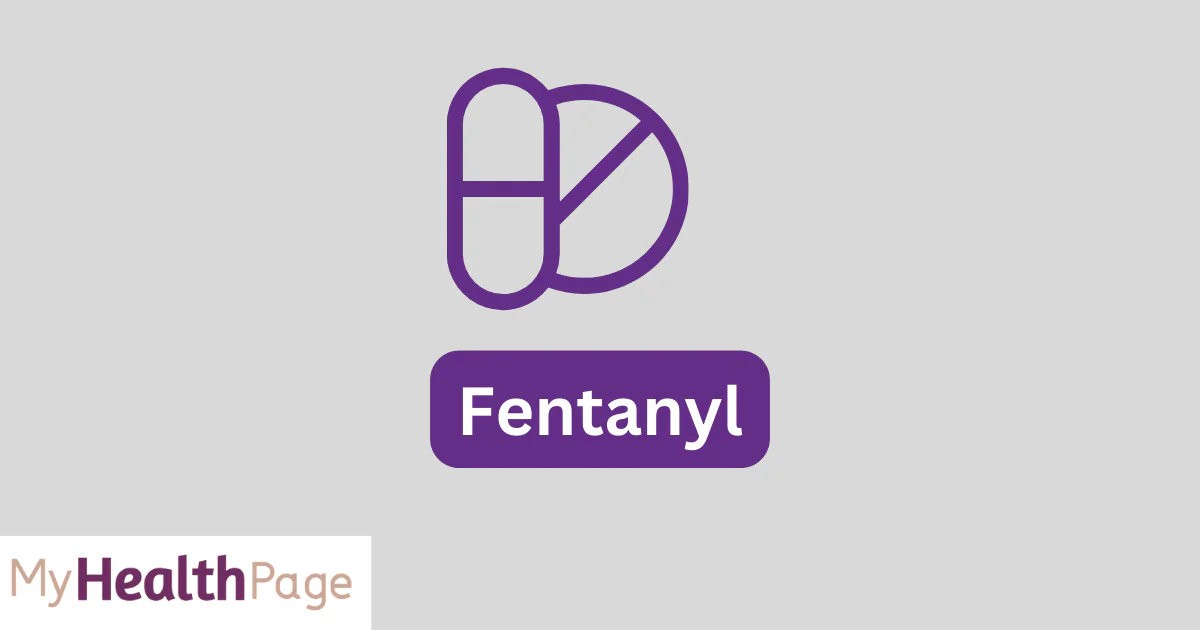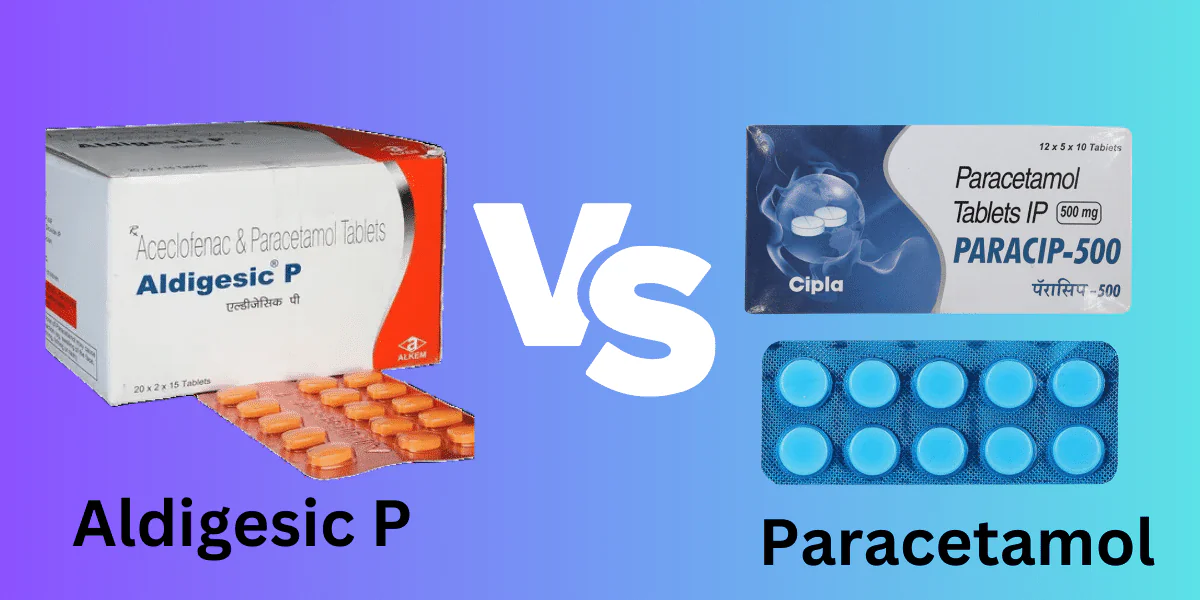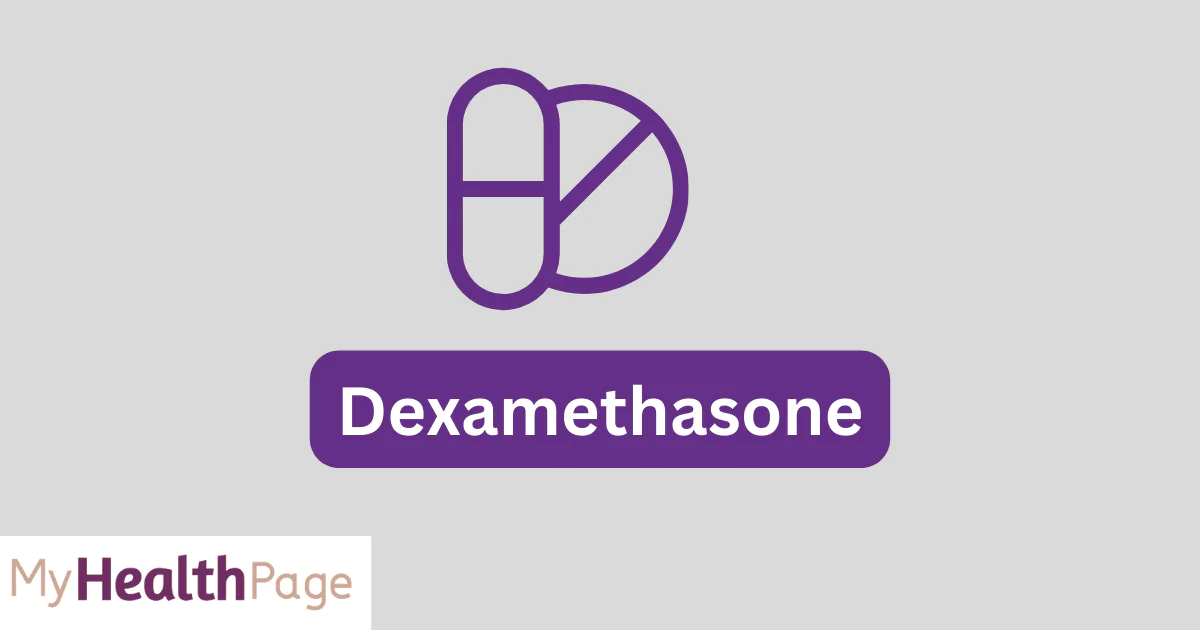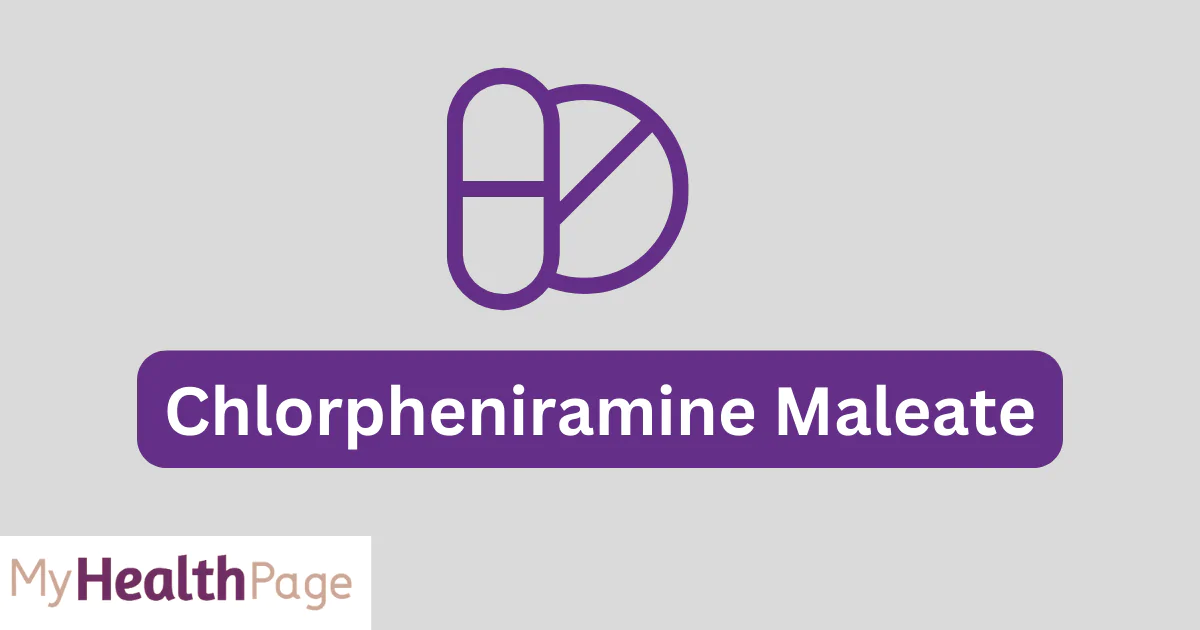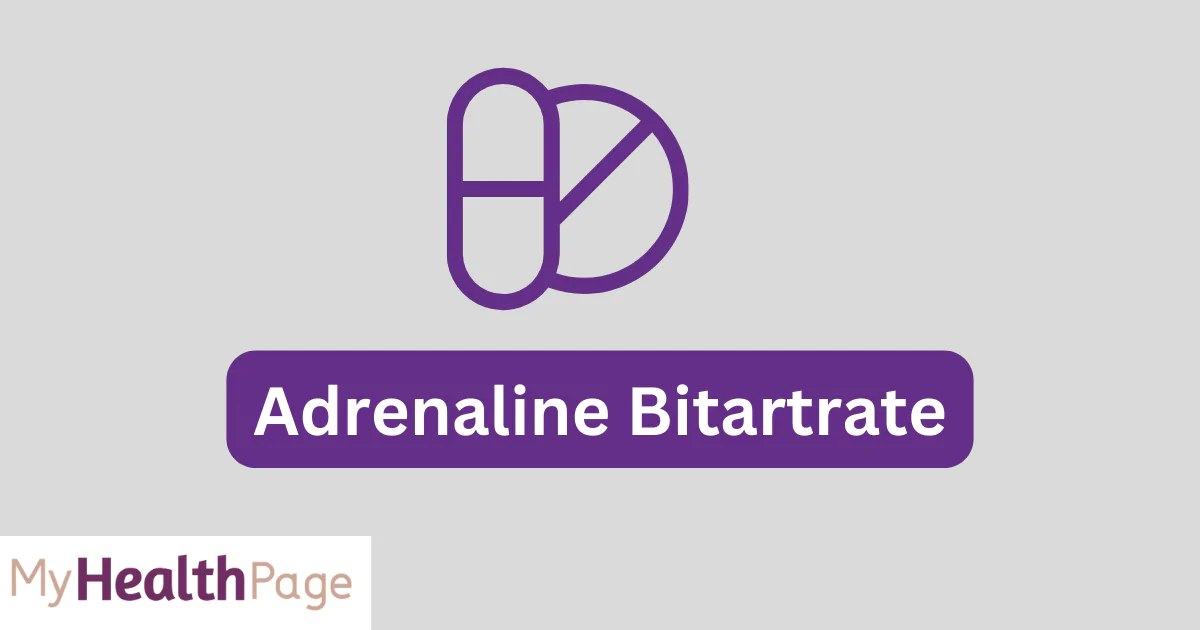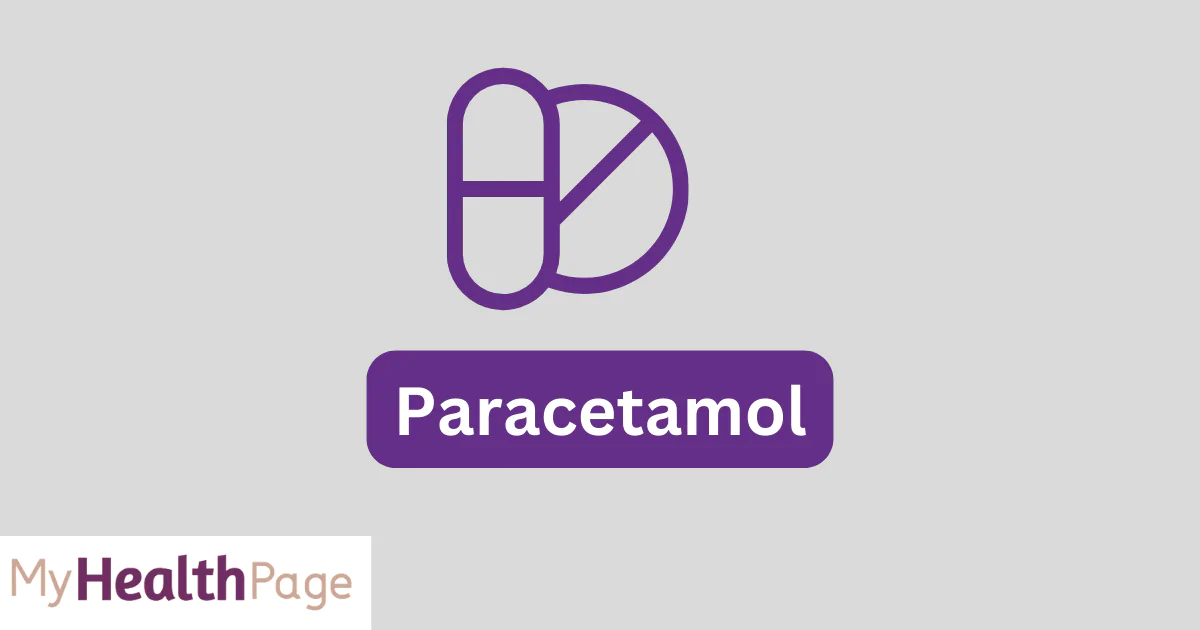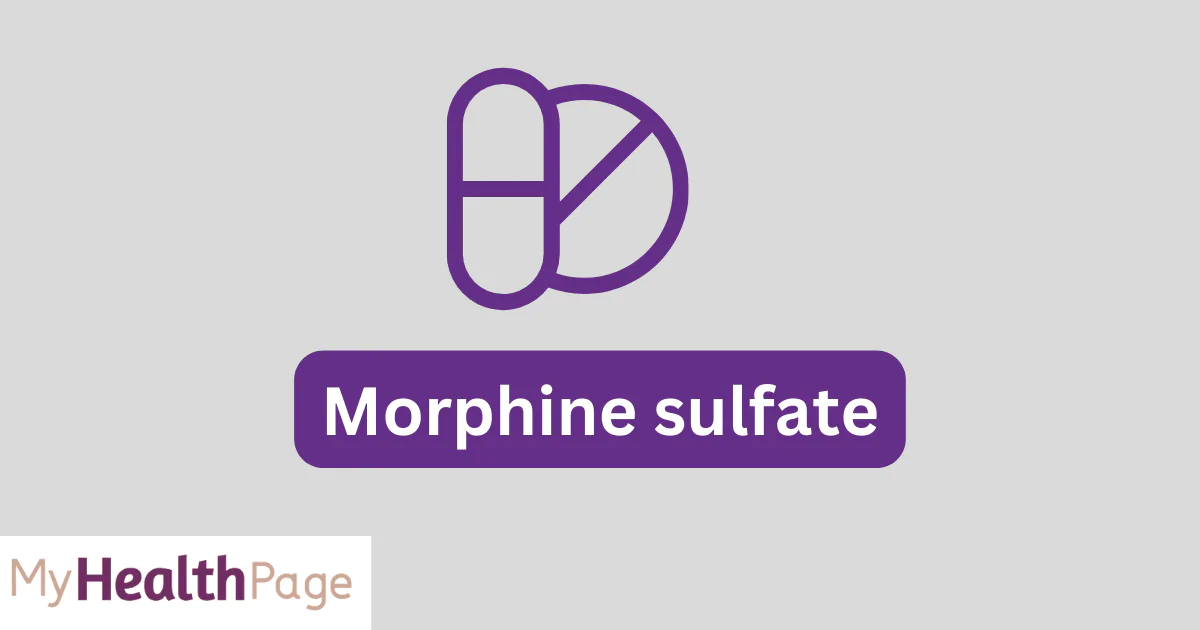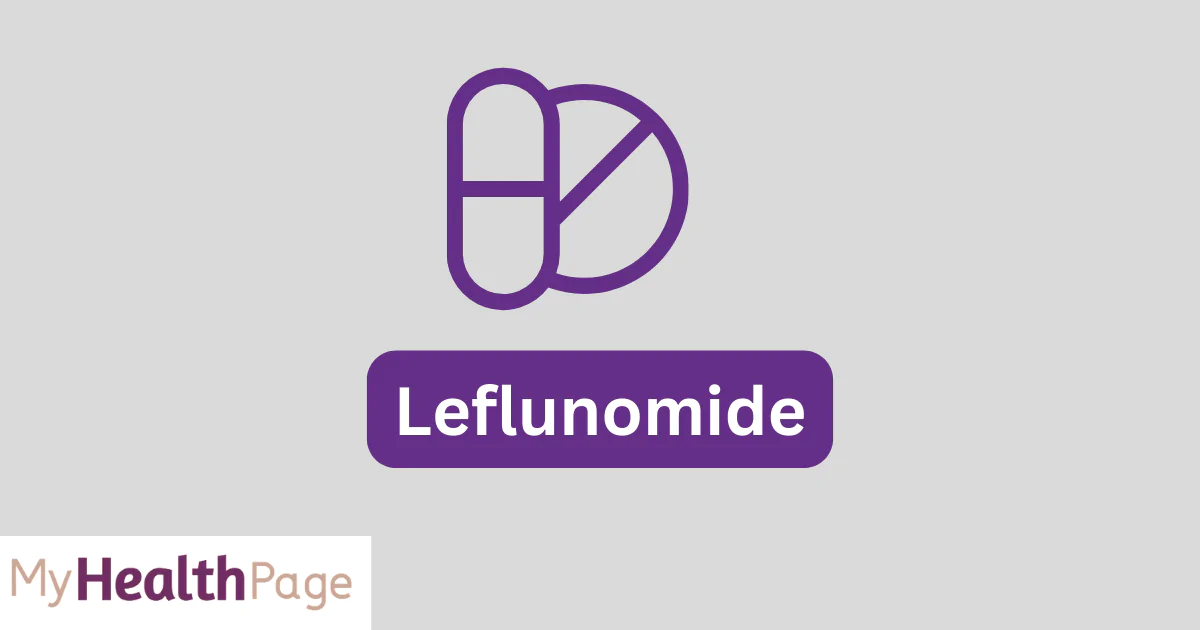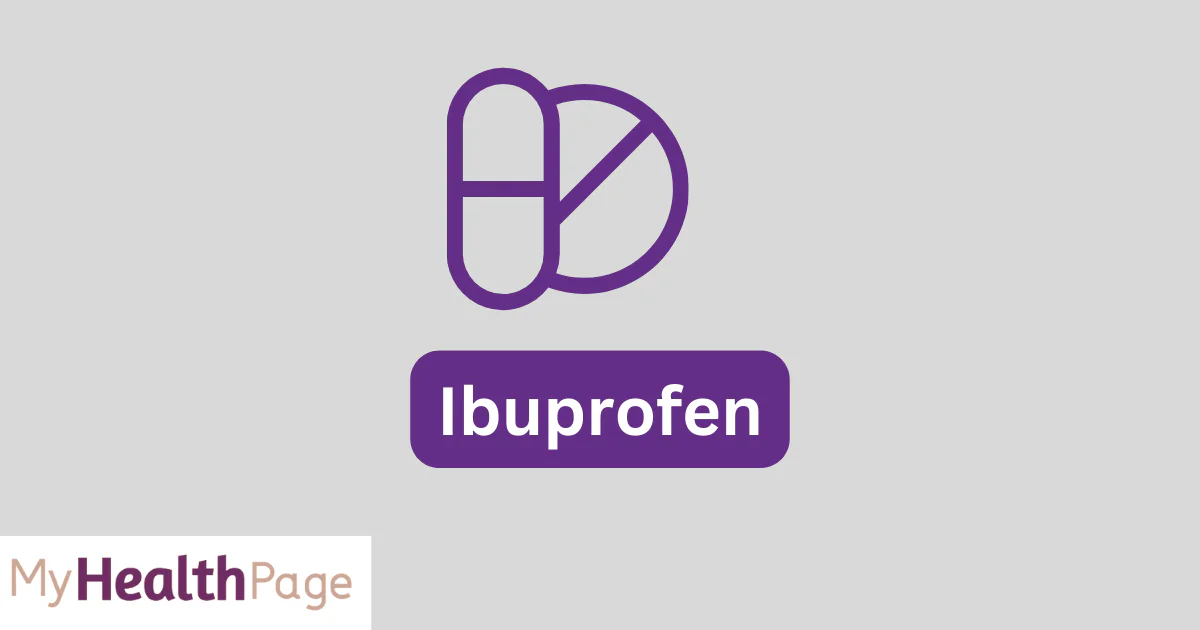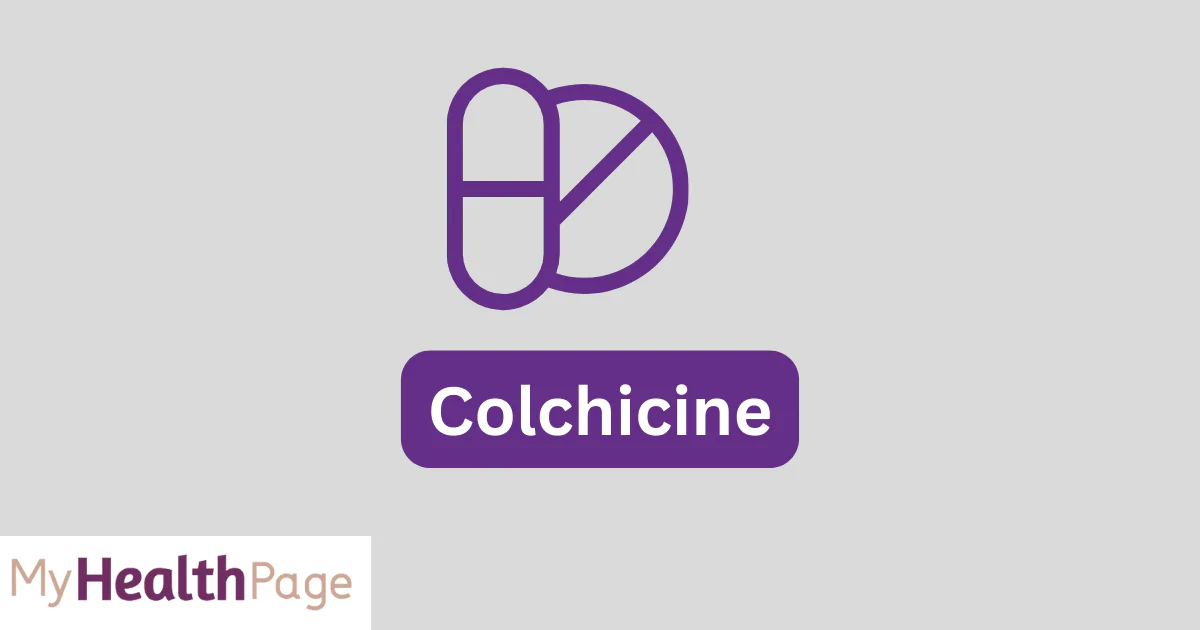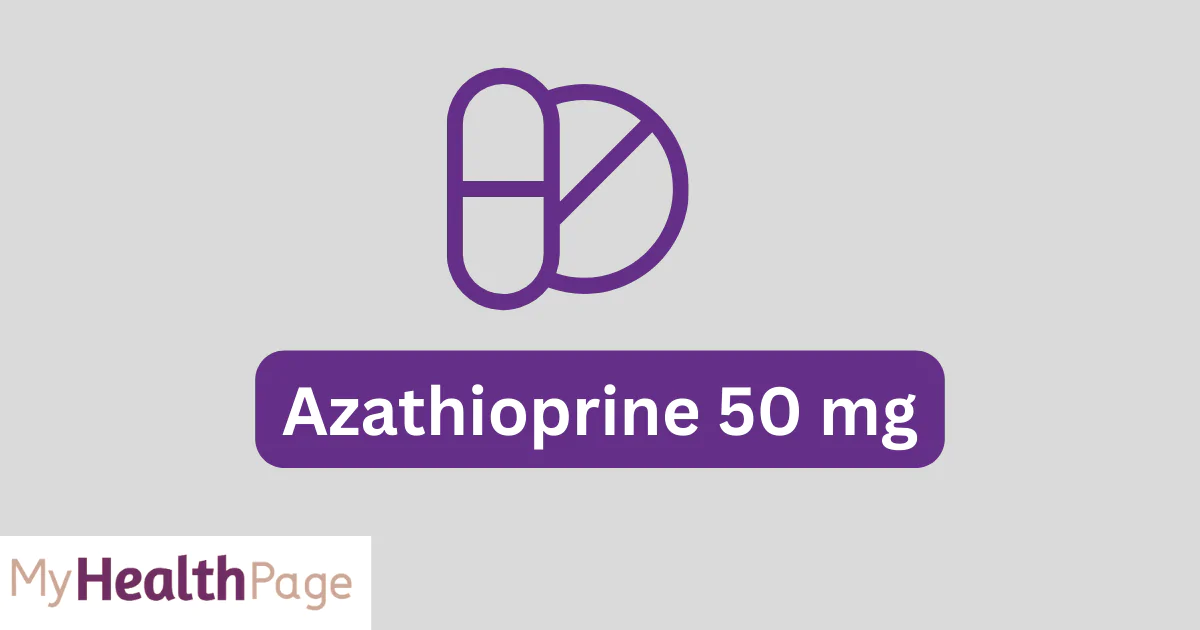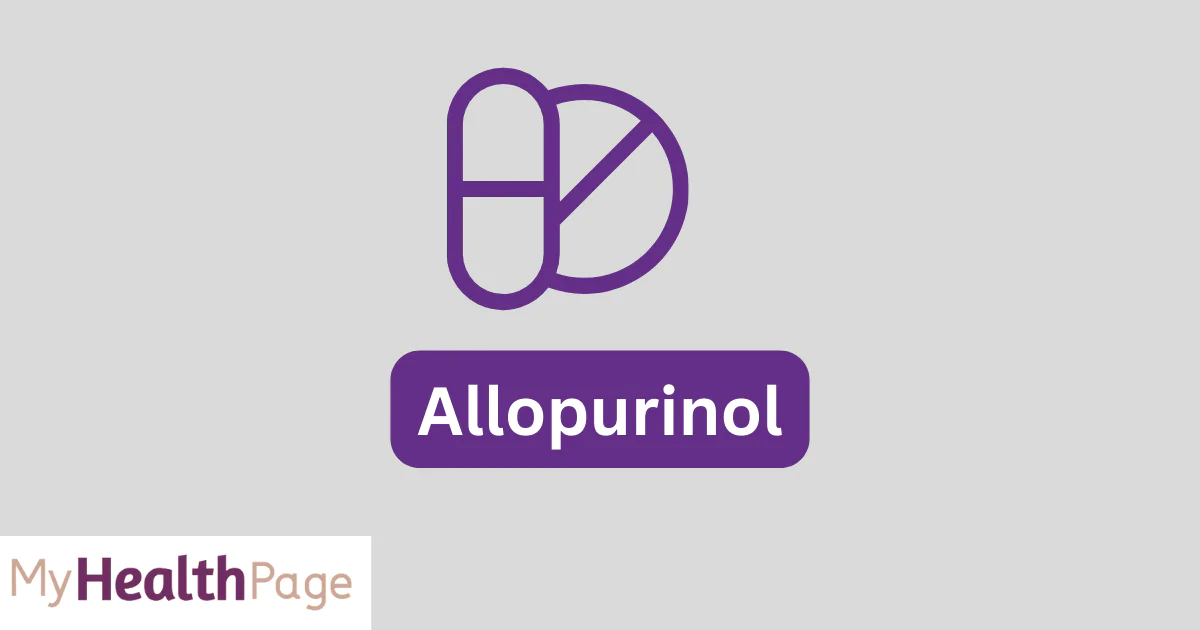Fentanyl is a potent synthetic opioid analgesic that is part of the opioid class, which also includes drugs like morphine and heroin. It is typically used to treat severe pain, especially in cancer patients, or as part of anesthesia to help prevent pain after surgery or other medical procedures. Fentanyl is known for its rapid onset and relatively short duration of action.
Pharmacodynamics
Fentanyl acts on the mu-opioid receptors, which are part of the broader opioid receptor system in the brain and spinal cord. This system plays a crucial role in the body’s pain and reward pathways. Fentanyl’s high affinity for mu-opioid receptors means it is extremely effective at dulling severe pain, but it also significantly affects the respiratory centers in the brainstem, leading to the risk of respiratory depression, a common cause of opioid-related fatalities. The drug’s effect on the limbic system also contributes to its euphoric effects, which can drive misuse and addiction.
Potency
The extraordinary potency of fentanyl is attributed to its chemical structure, which allows it to bind more tightly to opioid receptors than many other opioids. This potency is a double-edged sword: it means that fentanyl can be used in very small quantities to manage pain effectively, but it also means that even a small miscalculation in dosage can lead to overdose and death. The difference between a therapeutic dose and a toxic dose is narrower for fentanyl than for less potent opioids, necessitating precise dosing and vigilant monitoring.
Forms and Administration
Fentanyl is available in several forms, including:
- Injectable solutions
- Transdermal patches (for slow release over time)
- Nasal sprays
- Lozenges and buccal tablets (for absorption through the tissues of the mouth)
Risks and Side Effects
The risks and side effects associated with fentanyl are similar to those of other opioids and can include:
- Nausea and vomiting
- Constipation
- Sedation
- Confusion
- Respiratory depression (which can be fatal)
- Tolerance (needing more of the drug to achieve the same effect)
- Dependence
- Increased risk of overdose and death, especially when combined with other substances like alcohol or benzodiazepines
Illicit Use
The rise of illicit fentanyl use has exacerbated the opioid epidemic significantly. Illicitly manufactured fentanyl is often produced in unregulated settings, leading to variable potency and increased risk of overdose. It is frequently mixed with other drugs, such as heroin or cocaine, amplifying its potency and the risk of unintended overdose. The illegal market for fentanyl has also led to a surge in opioid-related deaths, as users may be unaware of the presence or concentration of fentanyl in the substances they consume.
Clinical Use and Monitoring
In medical settings, fentanyl’s use is strictly regulated. Dosages must be carefully adjusted based on the patient’s opioid tolerance, body weight, age, and overall health. Clinicians also monitor patients closely for signs of respiratory depression, especially when initiating treatment or adjusting dosages. The risk of diversion (the transfer of the drug from the prescribed individual to others) necessitates careful handling and documentation of fentanyl use in healthcare settings. Pain management specialists often employ multimodal pain management strategies to minimize reliance on opioids, including fentanyl, integrating non-pharmacological approaches and other classes of pain medication.
For patients on long-term fentanyl therapy, especially those on transdermal patches, education is crucial. Patients and caregivers need to be aware of the signs of overdose, the importance of adhering to prescribed dosages and schedules, and safe storage and disposal methods to prevent accidental exposure or misuse.
Read also : Colchicine: Effective Management of Gout and Familial Mediterranean Fever
Disclaimer : The information provided on myhealthpage.in is not a substitute for professional medical advice, diagnosis, or treatment. If you have any questions or concerns about your health, please consult with a licensed physician or other qualified healthcare provider.

